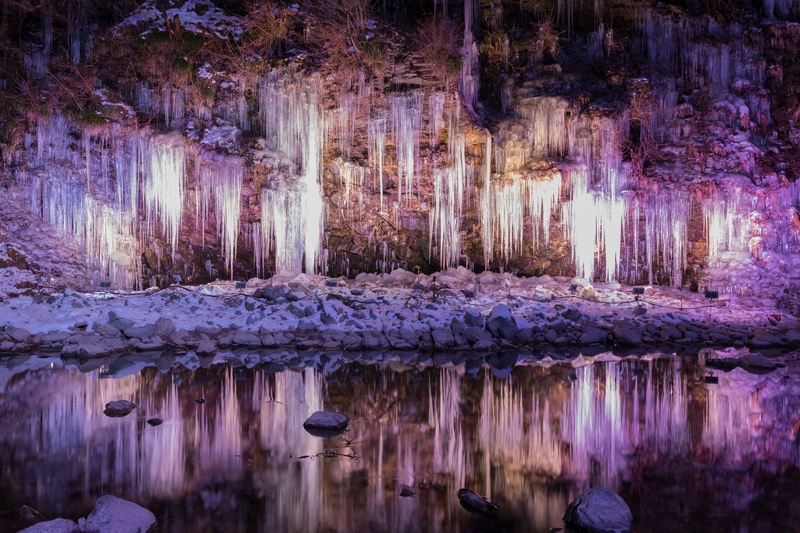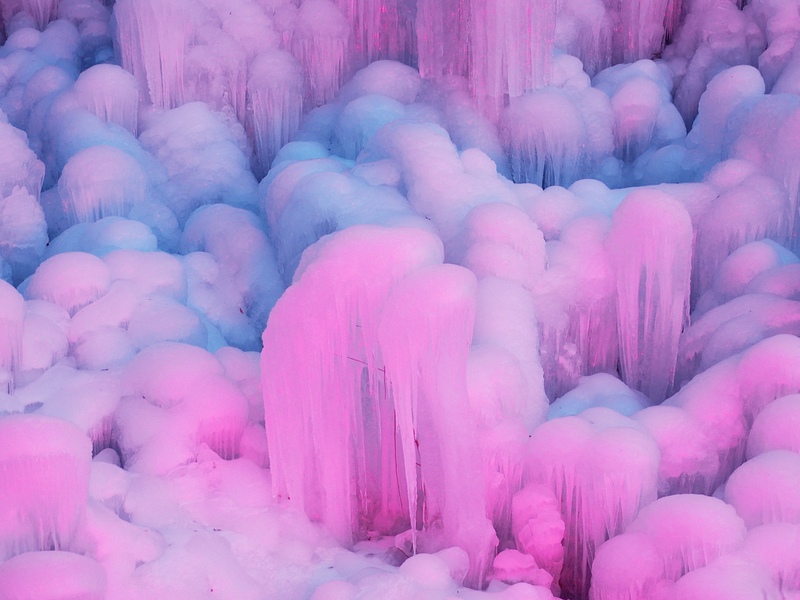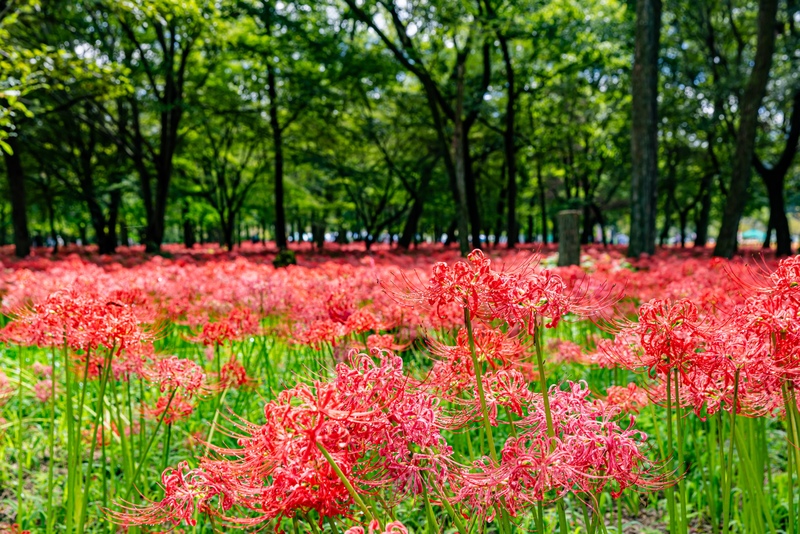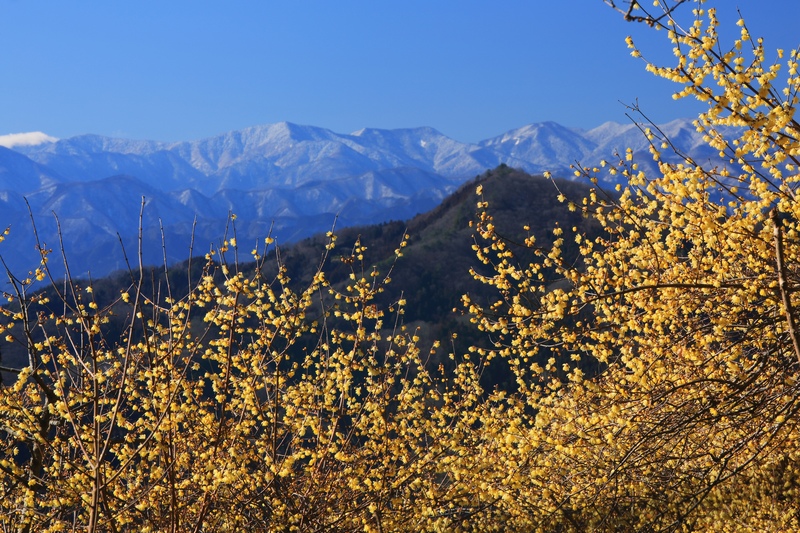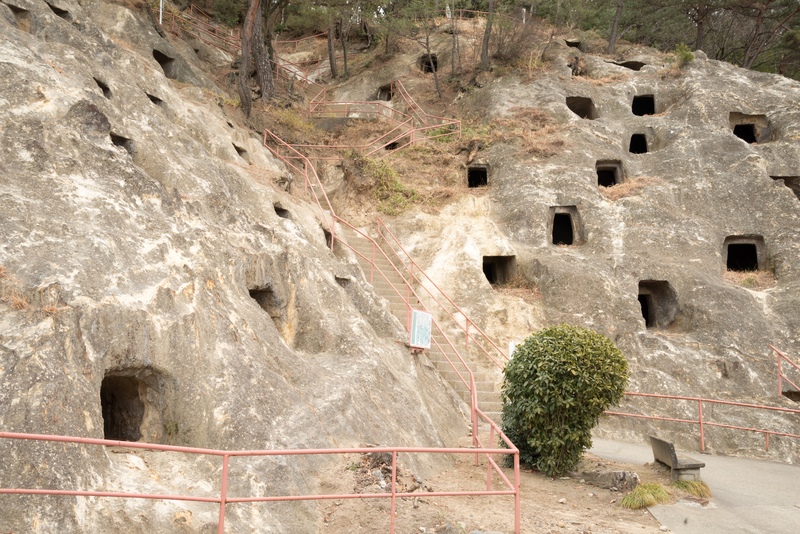What is the Townscape of Kawagoe, Saitama?
**Kawagoe** is an area in Saitama Prefecture known as "Little Edo," which retains the ambiance of a castle town.
It flourished as a commercial city during the Edo period, and many of the warehouse-style buildings and historical spots from that time remain today.
Kawagoe attracts many tourists from both Japan and abroad with its beautiful townscape and rich history.
The main street, known as the "Warehouse District," and the "Toki no Kane" (Time Bell Tower), a symbol of Kawagoe, are must-sees.
This article will delve into the attractions and tourist information of Kawagoe.

Highlights of Kawagoe
Warehouse District
Walking through the center of Kawagoe, you'll encounter streets lined with warehouse-style buildings built from the Edo period to the Meiji period.
These buildings are characterized by their fire-resistant structure, narrating the history of Kawagoe when commerce thrived.
Nowadays, many of these warehouses are utilized as souvenir shops, cafes, and restaurants, allowing you to enjoy shopping and dining while strolling.
Toki no Kane
The Toki no Kane, a symbol of Kawagoe, is a clock tower that has been informing people of the time since the Edo period.
The current tower was rebuilt in the Meiji period and stands about 16 meters tall.
The bell rings four times a day (at 6 AM, 12 PM, 3 PM, and 6 PM), and its chime is selected as one of the "100 Soundscapes of Japan."
It's a popular spot for photography and definitely a place you want to visit.
Kashiya Yokocho
Another charm of Kawagoe is Kashiya Yokocho, a street that retains the atmosphere of the Showa era.
This street is lined with nostalgic candy shops and wagashi (Japanese sweets) stores, making it enjoyable for both children and adults.
Buying handmade candies, rice crackers, and colorful sweets is a fun experience.
Kawagoe Castle Honmaru Goten
A must-visit spot for history enthusiasts is the Kawagoe Castle Honmaru Goten.
Kawagoe Castle was built during the Muromachi period, and its Honmaru Goten was rebuilt in the Edo period.
The existing Honmaru Goten is one of the few precious buildings in Japan, where you can feel the life of samurais while exploring its halls and gardens.
Kitain Temple
Kitain Temple is essential when discussing the history of Kawagoe.
This temple belongs to the Tendai sect, and is known for being led by Tenkai Sojo, a close aide of Tokugawa Ieyasu.
Within the grounds, there are buildings such as the "Room of Iemitsu's Birth" and "Kasuga Bureau's Makeup Room," which were relocated from Edo Castle, making it a spot of high historical value.
During New Year's visits and cherry blossom season, many people come to see it.

Experiences to Enjoy in Kawagoe
Street Food
Kawagoe is rich in sweet potato desserts and local gourmet foods.
- Sweet Potato Soft Serve
- Imo Koi (sweet potato and red bean bun)
- Senbei with Kawagoe Soy Sauce
One of Kawagoe's charms is the ease of enjoying street food while exploring the town.
Kimono Rental
To further enjoy the townscape of Kawagoe, kimono or yukata rental is recommended.
Walking in a kimono along the warehouse district can make you feel like you've traveled back to the Edo period.
It's a perfect experience for photography.
Wagashi Making Experience
You can enjoy a wagashi making experience at local wagashi shops.
Not only can you taste the wagashi you made on the spot, but they also make great souvenirs, making it a recommended activity for families and friends.

Access to Kawagoe
Access by Train
- Get off at Kawagoe Station on the JR Kawagoe Line or Tobu Tojo Line.
- About a 15-minute walk or bus ride from the station.
- Getting off at Hon-Kawagoe Station on the Seibu Shinjuku Line puts you within walking distance of the tourist area.
Access by Car
- About 15 minutes from the Kawagoe IC on the Kan-Etsu Expressway.
- There are paid parking lots scattered around the tourist area, but they can get crowded on holidays, so using public transportation is recommended.
Useful Information for Travelers
Recommended Visiting Seasons
Kawagoe can be enjoyed year-round, but the following seasons are recommended:
- Spring: When the cherry blossoms are in full bloom, you can enjoy the beauty of Kawagoe's townscape and flowers.
- Autumn: In October, the Kawagoe Festival takes place, featuring traditional float parades.
Nearby Tourist Spots
- Hikawa Shrine: A shrine famous for matchmaking, with beautiful wind chimes and ema (wooden plaques).
- Miyoshino Shrine: A shrine with historical significance, believed to be the setting of the nursery rhyme "Toryanse."

Gourmet Information
- Kawagoe Udon: Thick udon noodles loved by locals.
- Sweet Potato Dishes: Not just sweets, but also a variety of savory dishes using sweet potatoes.
Frequently Asked Questions When Visiting Kawagoe
Q. How much time do I need?
A. It takes about half a day to a full day to visit the main tourist spots. If you want to enjoy it thoroughly, an overnight stay is recommended.
Q. Are there guides in foreign languages?
A. At the tourist information centers in Kawagoe, pamphlets in English, Chinese, and Korean are available. Some shops and facilities also have English-speaking staff.
Q. Is it enjoyable for families with children?
A. Yes, Kashiya Yokocho and the wide walking areas are popular spots for families.
Conclusion
Kawagoe, known as "Little Edo," is a fascinating tourist destination where historical streetscapes and modern culture blend.
With its warehouse district, Toki no Kane, Kashiya Yokocho, and more, there are plenty of sights to see, along with street food and experiential activities to enjoy.
Access from Tokyo is convenient, making it ideal for a day trip.
Be sure to visit Kawagoe and fully experience its charm!




